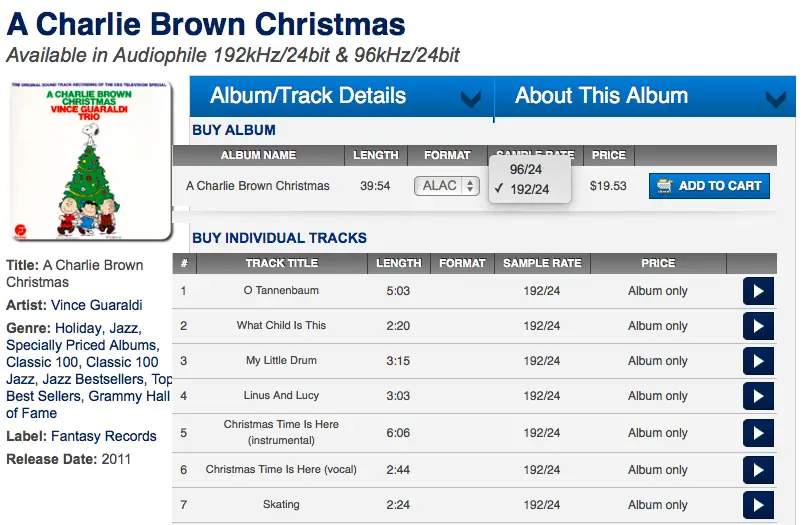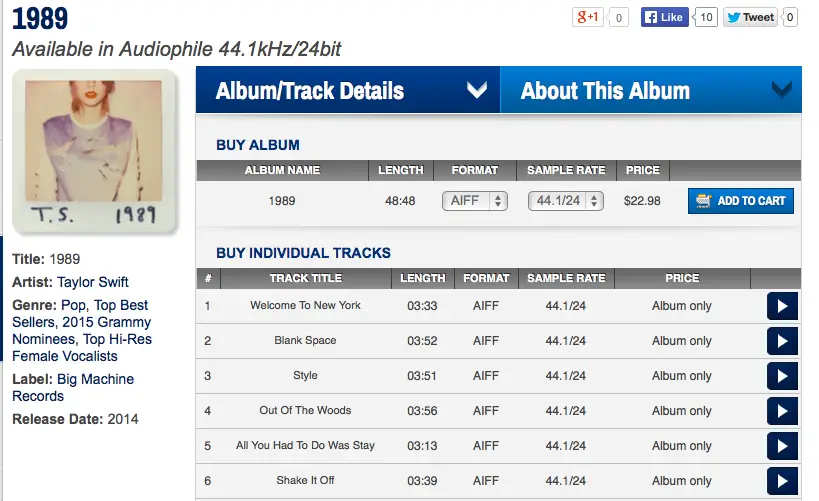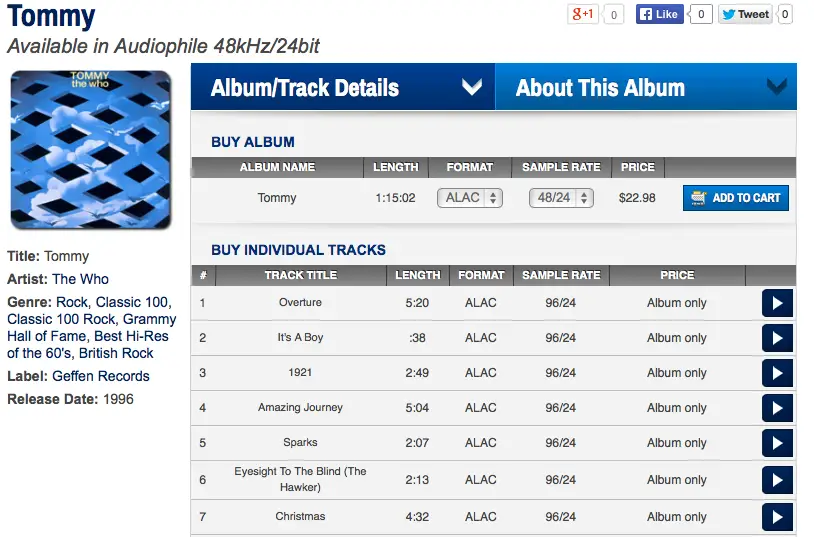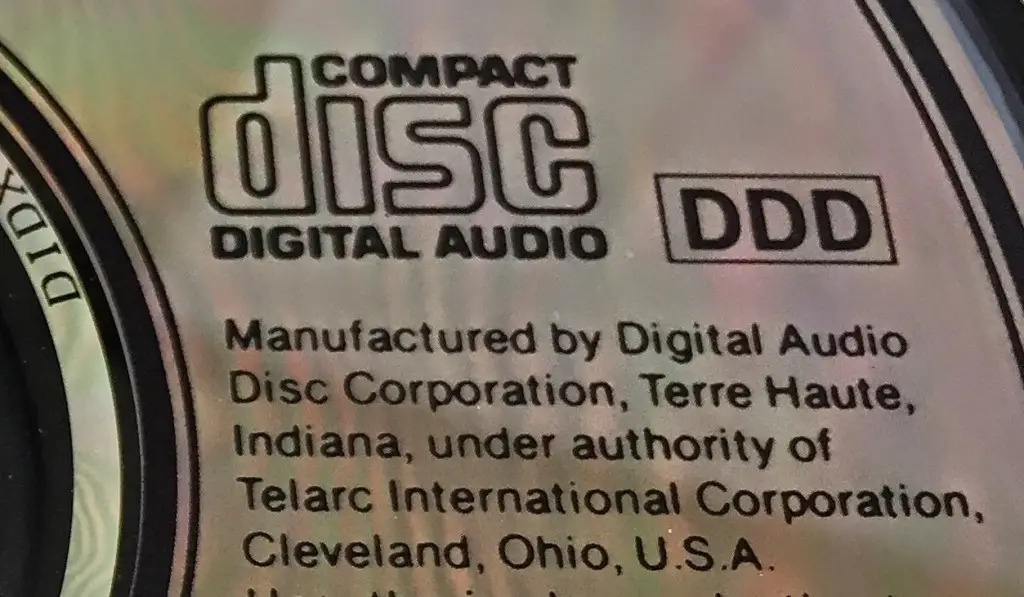 |
| The Mona Lisa by Leonardo da Vinci has resided at The Louvre in Paris since 1797. Mona Lisa image courtesy of WikiArt.org |
In the art-world, the question of provenance (from the French “provenir,” which means “to come from.”) is key to determining the authenticity, date, and ownership of a work of art. Back in the days of physical media, you could find the musical provenance of a piece of music in the liner notes. In some cases, the musical provenance would give you not only the place and date when a work was recorded but also the equipment used to do the recording.
It was common in the early days of compact disc to see the three-part-chain of recording, mastering, and pressing as either AAD, ADD, or DDD where “A” stood for “Analog” and “D” stood for “Digital” Seeing the DDD surrounded by a rectangle and inscribed on the CD face was assurance that the work in your hands was recorded, mastered, and finally pressed on CD all in the digital domain.
Because CD was limited to 44kHz/16bit the question of resolution never came up. Now that the option of high-res digital media is becoming more and more popular, I personally believe that consumers have a right to know the provenance of the digital file. Why is this important you may ask? It’s critically important for a very simple reason: if the original recording or mastering was only done at 44kHz/16bit then selling a “high-res” version of the file at 48bit or 96bit will yield no audible difference whatsoever because there is no recorded data on the file beyond 44kHz/16bit.
 |
| The classic holiday album, A Charlie Brown Christmas, is available in two different high-res sample rates. |
As the images below show, just because something is a newer release doesn’t guarantee that you will get the highest sample rate.
 |
| Jimmy Greene’s Beautiful Life is available as a 96/24 download. However, not all recently released albums are recorded or mastered at that high of a sampling rate. |
 |
| Just because a recording is more recent doesn’t mean it’s available or mastered at the highest resolution. Taylor Swift’s 1989 on HD tracks is only available as a 44.1/24 download. |
If you’re confused about high-res music then think of the analogy of digital photos. You can start with a high-res photo and reduce the image while maintaining image quality. However, if you start with a low-resolution image and try to increase the size of the image, it will become pixilated. You will start to see the square pixels of the image and they will get larger and larger like the picture is colored squares on graph paper.
I believe that if a company is selling high-resolution music, then they should also provide the digital provenance for that music.
 |
| HDTracks lists the sample rate for each track on Tommy as being 96/24. However, the only available sample rate for the album—regardless of download format is limited to 48/24. Which is correct? |
HD Tracks inserts even more confusion in their FAQ where they state:
Q: What are the differences between HDtracks and other digital-music services? A: HDtracks offers music lovers the highest-quality downloads available anywhere on the web. Many digital music stores only offer heavily compressed MP3 files. When you purchase an HDtracks file, it is the same quality as a store-purchased CD. HDtracks downloads will play with no DRM on any device. In addition, HDtracks is the only site to offer full cover art and liner notes in pdf format.
By stating that HDTracks is the same quality as a store-purchased CD, then HDTracks is inferring that all its high-res files are simply 16bit/44. That’s confusing.
iTunes isn’t any better. iTunes gives you no indication whatsoever except that you pay a bit more for a better quality bitrate song at $1.29 vs $0.99.
Linn is clear that you are downloading a 24-bit master and they tell you the resolution of the master. In some cases, the highest resolution master is only a 24bit/44.1kHz file.

The examples are endless but it’s also confusing to the average user. Just because you are downloading a FLAC or ALAC (Apple Lossless) or AIFF file doesn’t mean you are getting a true high-res recording. Rather, it only means that you are getting the music in that format.
Therefore, in addition to providing customers with the download file format and resolution, I think that customers also have a right to know the original resolution that the music was recorded and then mastered at. I appreciate a growing trend towards high-res music but if high-resolution music download sites are going to charge a premium for high-res music then customers also have a right to know whether they are truly getting high-res recordings or simply CDs in disguise.














